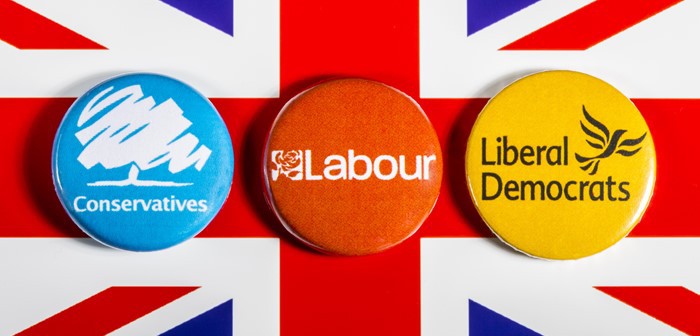As the country takes to the polling stations today, there’s been an explosion of opinion polls and statistics predicting who will become the new PM. After the shock Tory landslide in 2015 and the Brexit referendum that no one saw coming, there has been a lot of backlash about polling recently. I’m going to attempt to explain why there is such a discrepancy between what we see in polls and what actually happens.
Why are polls always wrong?
- People LIE – well, not exactly. Whilst some of us are firmly rooted to a particular party, other voters sway from one party to another. We shall henceforth call them swingers. The timing of polls is essential; ask a swinger two weeks before election day and they might choose one party but ask again closer to the time of voting you could get a different answer. Politicians know this which is why they spend so much of their time and effort in the run-up to the election to be front of mind.
- Not everyone fits their stereotype – In predictive models, data scientists will look at the voting habits of certain groups such as age, education level, ethnicity etc. to predict how people of similar demographics will vote. Sounds sensible. But the problem with this is that you are only predicting stereotypes and applying it to a much larger scale. We know that people change their views (damn those swingers!) and people aren’t the same across the country. A 45-year-old female living in Brighton could have completely different views to someone with the same traits but living elsewhere in the country, or indeed down the road. When you take polling data as gospel and apply it back across the UK you’ll end up with a distorted view of what will happen.
- That pesky margin of error! –Now data scientists aren’t completely stupid, they know that not everyone is the same and will factor it in calling it their “margin of error”. It’s a nice term to basically say “hey, I’m not 100% sure what’s going to happen so I reckon this is what is most likely to happen and here’s how wrong I think I could be”. In real terms, their predicted numbers could go up or down which is the difference between a Tory landslide or a hung parliament. Great. Sadly admitting that polls come with hefty margins of error makes for a boring front page which is why you’ll rarely hear them discussed outside of the mutterings of OMD’s Annalect team.
What’s going to happen today?
The short answer is, I don’t know. There are a lot of polls out there showing the Tories starting off strong (which is why Theresa May felt so confident in calling a snap election). Over time, Labour has narrowed the gap helped by their manifesto leak, Theresa May’s recall on social care, her past performance as the former home secretary, and her avoidance of debating live with Jeremy Corbyn (I promise I’m being impartial).
As I type this, Labour seems to be ever closer to closing the gap between themselves and the Conservatives with YouGov suggesting a hung parliament. Check it out.
Happy voting!




